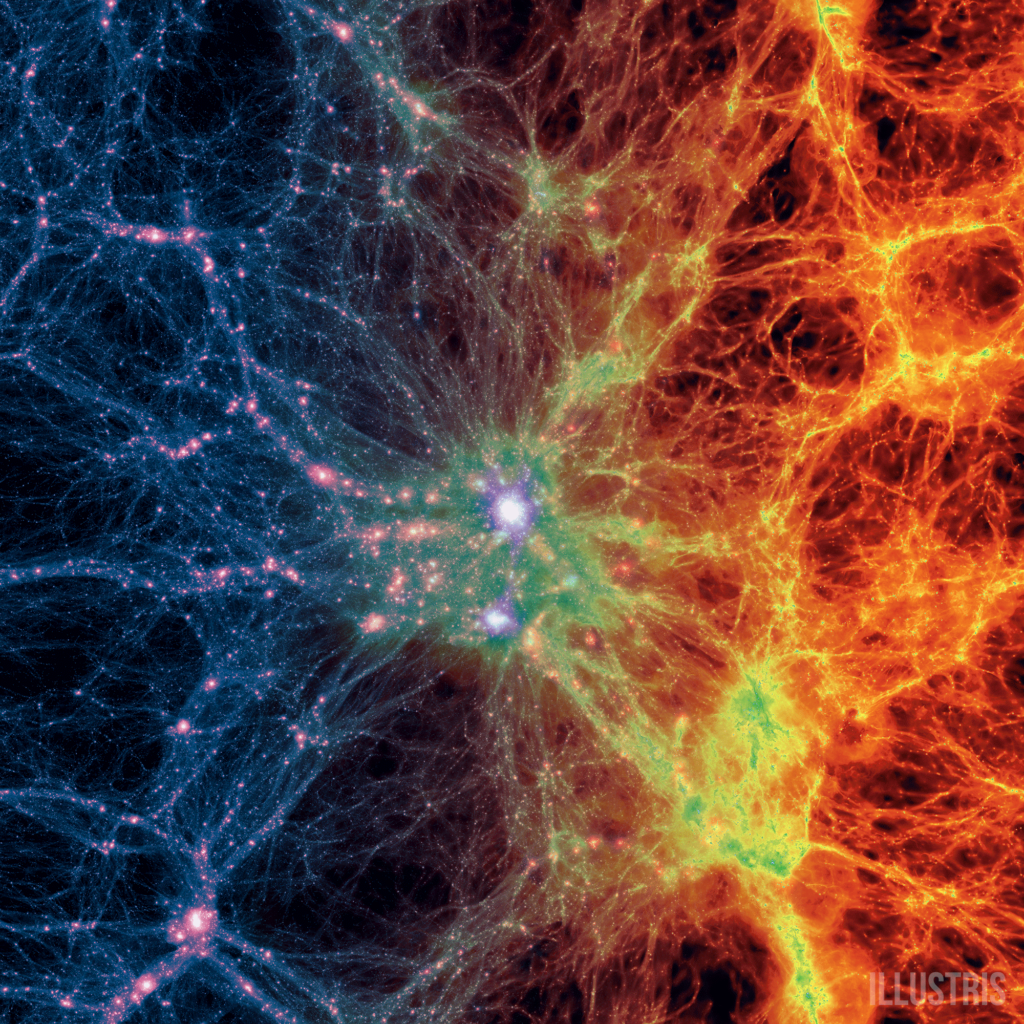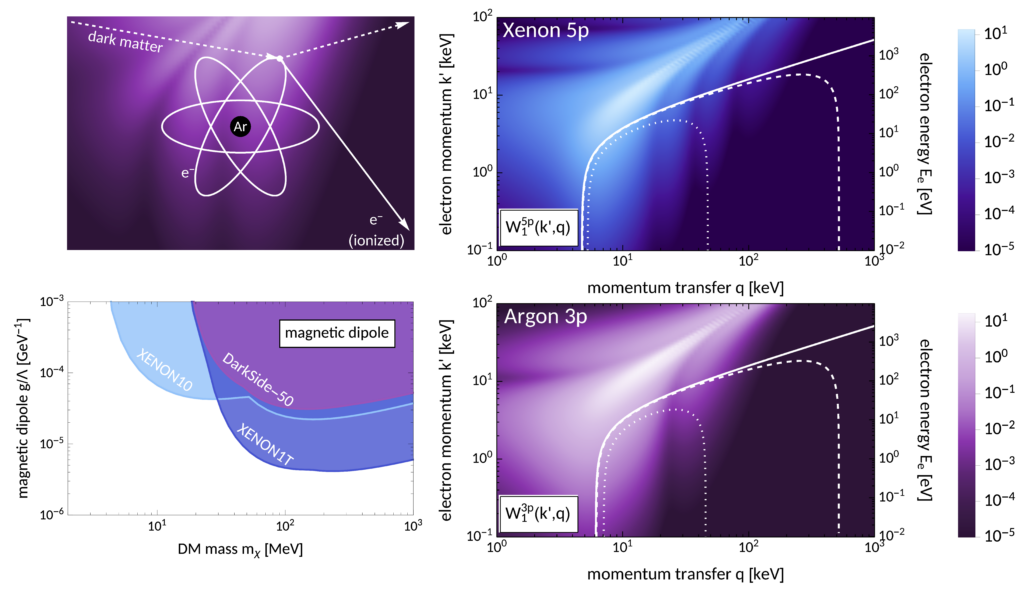Astroparticle physics is the cross-disciplinary field of research that lies at the interface of particle physics, astrophysics and cosmology. It explores a wide range of critical questions in basic science by applying the laws and methods of particle physics to the study of astrophysical and cosmological systems. Major topics in astroparticle physics include dark matter and dark energy, the cosmological properties of neutrinos, the origin of cosmic rays, and gravitational waves as a probe of violent cosmic processes.

Our research in astroparticle physics mainly focuses on dark matter. Dark matter is the invisible and unidentified mass component of our Universe. Empirically, it makes up about five-sixths of all matter in the Universe, alters the motion of stars and galaxies, bends the light emitted by distant luminous sources, and generates the gravitational potential responsible for the formation of all cosmological structures we see in the Universe. And yet, the nature of dark matter remains a mystery. What is dark matter made of? In the leading paradigm of astroparticle physics, dark matter is made of hypothetical, yet undiscovered particles. Ultra-sensitive detectors operate deep underground trying to catch the particles forming our galaxy’s dark matter component while they bounce off atomic nuclei or electrons crossing a detector.

Our research on dark matter focuses on modelling the microscopic properties of dark matter, on computing their observable consequences, and on designing strategies to experimentally test them. For example, we are interested in modelling the response of liquid argon and xenon detectors, germanium and silicon crystals, as well as more exotic detector materials (such as graphene) to general dark matter-electron interactions. In this context, we collaborate with condensed matter physicists at ETH Zurich and with experimental groups at Stockholm University, and at the Gran Sasso lab (LNGS) in Italy. We are also interested in the capture of dark matter by celestial bodies, such as the Earth or the Sun, and in the observable consequences of this process at neutrino telescopes and direct detection experiments. Furthermore, we collaborate with theoretical and experimental physicists in nuclear and particle physics at Lund University on the development of the theoretical framework that will be used in the analysis and interpretation of data collected during the hunt for dark matter at the beam dump experiment LDMX.
Our publications in astroparticle physics can be downloaded at this link.